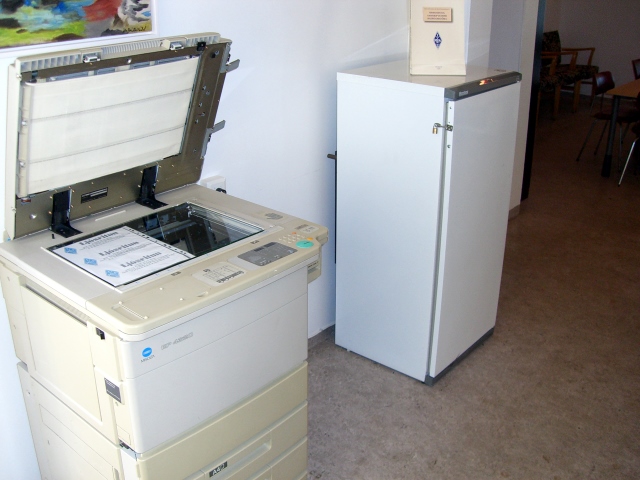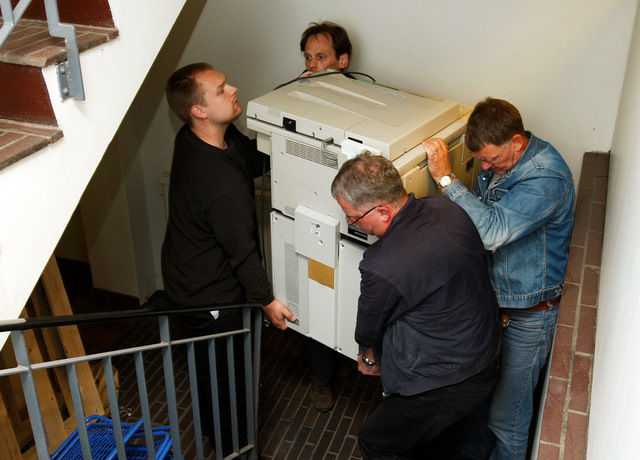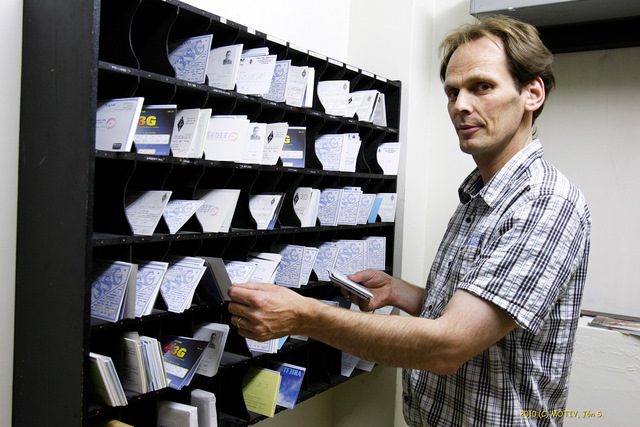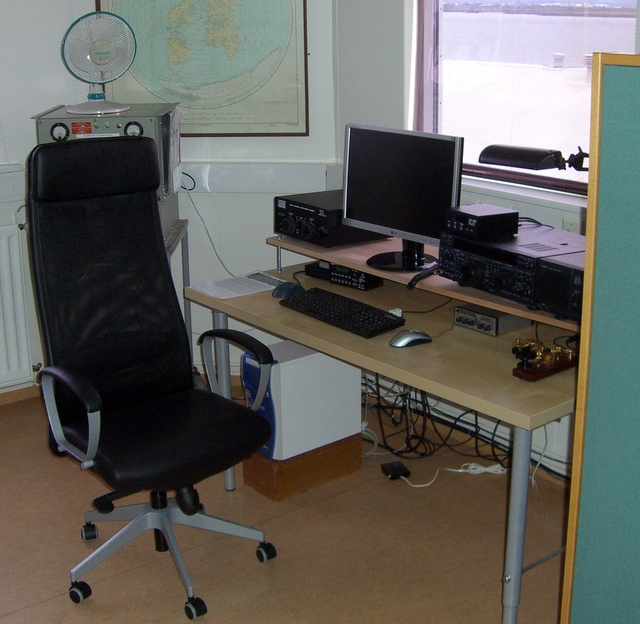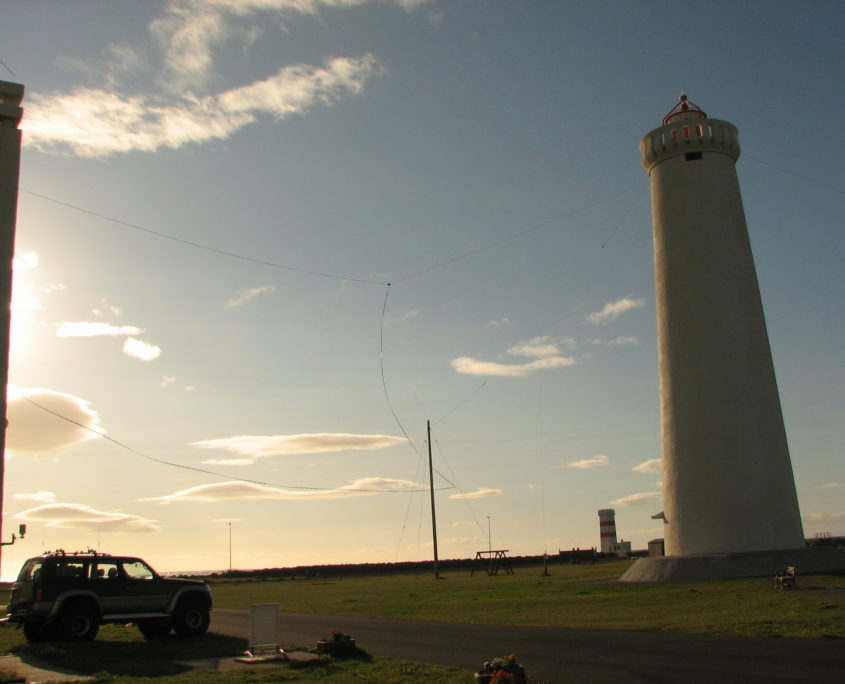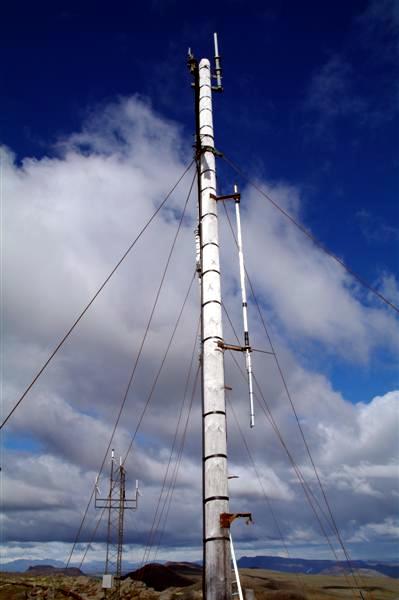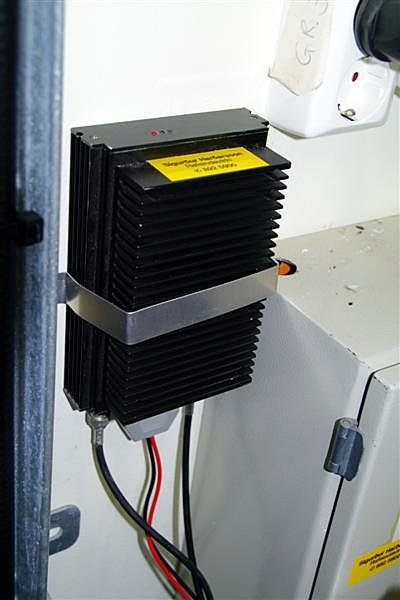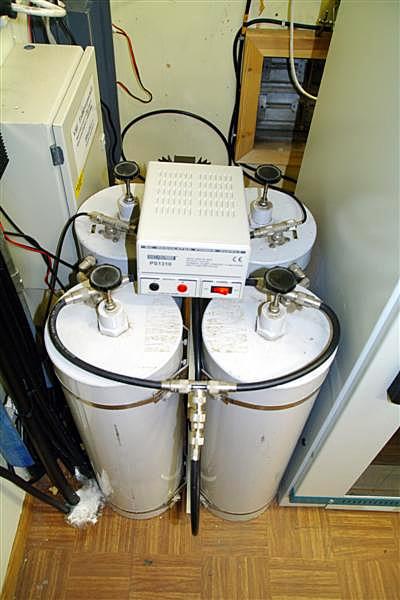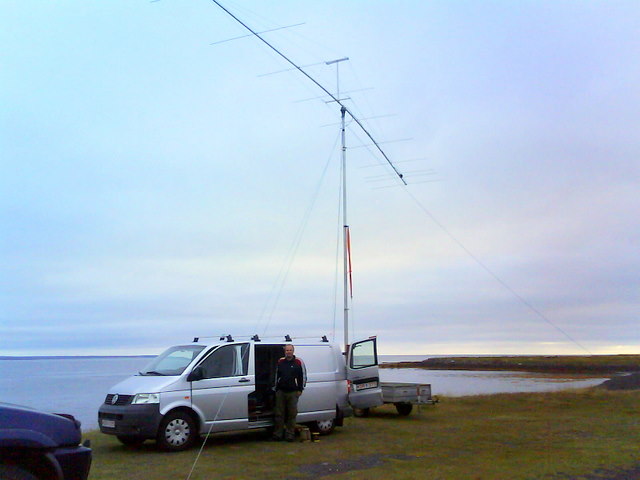Það eru vinsamleg tilmæli QSL managers TF3SG til þeirra sem skila inn QSL kortum til þýskra amatöra, þ.e. DA, DB, DC o.s.frv. og einnig DL1, DL2, o.s.frv., skuli raðað. Þessi forvinna auðveldar og flýtir fyrir flokkun korta sem fara eiga til þýskalands. Hið þýska Bureau tekur ekki við óflokkuðum kortum. 73, Guðmundur TF3SG
Benedikt Sveinsson, TF3CY, hafði fyrsta EME sambandið sem haft hefur verið frá Íslandi við ZL á 50 MHz í gærkvöldi (11. ágúst). Sambandið var við Rod, ZL3NW, sem býr í Kaipoi á Nýja sjálandi. Hann hafði einnig EME QSO á 6 metrunum við þá John, W1JJ á Rhode Island og Robert, K6QXY í Kaliforníu.
Samböndin voru höfð frá jörðinni Hliðsnesi á Álftanesi. Hann notaði Kenwood TS-570D sendi-/móttökustöð, heimasmíðaðan 600W RF-magnara (en Benedikt fékk nýverið sérstaka heimild PFS til að nota QRO afl á 50 MHz til EME-tilrauna). Tegund útgeislunar var JT65A. Hann notaði heimasmíðað 10 stika Yagi loftnet á 15,5 metra langri bómu, sem hann hafði sérstaklega smíðað fyrir EME-tilraunina sem gerð var 12. júlí s.l. Faðir Benedkts, Sveinn Guðmundsson, TF3T, aðstoðaði við tilraunina nú (sem áður) og Guðmundur Sveinsson, TF3SG, (bróðir hans) lagði til færanlega undirstöðu fyrir loftnetið.
Sjá nánar áhugaverðar ljósmyndir og frásögn á heimasíðu Benedikts: http://www.tf3cy.is/
Stjórn Í.R.A. óskar Benedikt innilega til hamingju með þessa frábæru útkomu.

